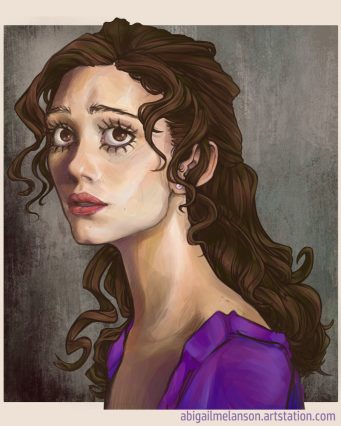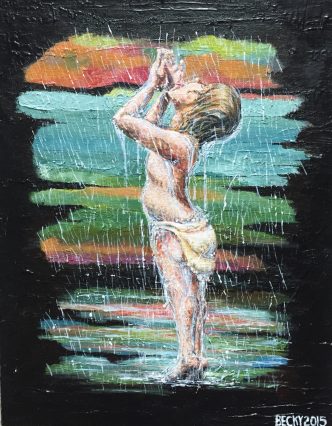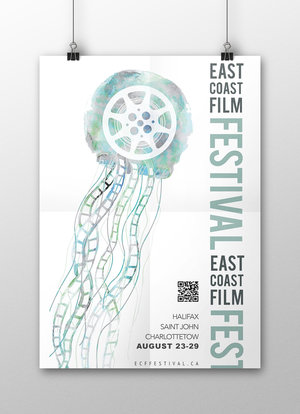


Every year, our admissions committee reviews portfolios from talented, passionate artists and designers. We’ve seen breathtaking work that stops us in our tracks, and we’ve also noticed common patterns that can make or break an application. After countless hours of portfolio reviews, we want to share the insider knowledge that can help your work shine.
The Foundation: Understanding Our Requirements
Let’s start with the basics. Your portfolio should contain 12-15 original pieces created within the last three years. This timeframe isn’t arbitrary—we want to see your current artistic voice and recent growth. That charcoal drawing from grade 8, no matter how accomplished, doesn’t represent who you are as an artist today.
The Power of Observation: Why We Require 6 Observational Pieces
At least six pieces should demonstrate observational work—self-portraits, still life, landscapes, or architectural studies. Here’s why this matters more than you might think:
Observational drawing is the foundation of visual literacy. It shows us you can translate three-dimensional reality onto a two-dimensional surface, understand light and form, and most importantly, that you can truly see. We’ve noticed that students with strong observational skills adapt more quickly to new concepts and techniques once they’re in our program.
Volumetric drawing is particularly valuable here—work that demonstrates your understanding of three-dimensional form through careful attention to light, shadow, and spatial relationships. Whether it’s a figure study that captures the weight and mass of the human form, or a still life where objects feel solid and grounded in space, volumetric work shows us you think dimensionally, not just in terms of flat shapes and lines.
Pro tip: Don’t limit yourself to the obvious. A self-portrait doesn’t have to be your face in a mirror. Consider drawing your hands while working, your reflection in a storefront window, or even a shadow self-portrait. Still life can move beyond fruit and flowers—arrange objects that tell a story about your interests or culture.
Media Diversity: Show Us Your Range
Display as many media as possible—pencil, charcoal, pastel, digital, and beyond. This isn’t about being a jack-of-all-trades; it’s about showing intellectual curiosity and adaptability. Each medium has unique properties and challenges, and working across different materials demonstrates your willingness to push boundaries and solve problems creatively.
We love seeing unexpected combinations: digital work that incorporates traditional elements, mixed-media pieces that blur boundaries, or traditional techniques applied in innovative ways. Don’t be afraid to experiment—some of our most memorable portfolio pieces have been happy accidents that students embraced and developed further.
Authenticity Over Perfection
Include work that represents your own interests and strengths. This guideline might seem obvious, but it’s where we see the most missteps. Students sometimes create work they think we want to see rather than work that genuinely excites them.
Your portfolio should feel unmistakably yours. Are you fascinated by urban decay? Show us those gritty architectural studies. Obsessed with botanical forms? Let that passion shine through multiple pieces. We can sense authentic interest from across the room, and it’s infinitely more compelling than technically perfect work that lacks personal investment.
The Color Advantage
Color work is highly recommended, and there’s a practical reason for this. Color adds another layer of complexity to your artistic problem-solving. It shows us how you handle temperature, harmony, contrast, and mood. Even if you consider yourself primarily a drawing-focused artist, including some color pieces—whether in pastels, watercolor, digital, or mixed media—can significantly strengthen your portfolio.
Color doesn’t have to mean painting. Consider colored pencil studies, digital illustrations, collage work, or even photography if it demonstrates your understanding of color relationships and emotional impact.
Bringing 3D to 2D
For three-dimensional work, present it photographically. This seems straightforward, but the quality of your documentation can make or break how we perceive your 3D pieces. Take multiple angles, consider your lighting carefully, and ensure your photographs clearly show the scale, texture, and craftsmanship of your work.
If you’re including sculpture, installation, or other 3D work, think like a curator. How can you best communicate the experience of your piece through photography? Sometimes a detail shot of texture or surface treatment can be more powerful than a full view.
What Makes a Portfolio Memorable
Beyond meeting our technical requirements, the portfolios that stick with us share certain qualities:
Cohesive voice with deliberate variety. Your portfolio should feel like a conversation where each piece builds on the last, even when exploring different subjects or media. Look for threads that connect your work—perhaps it’s your approach to light, your interest in texture, or your unique perspective on familiar subjects.
Evidence of process and growth. We love seeing sketchbook pages, preparatory studies, or series that show how ideas develop. Don’t be afraid to include work that shows your thinking process, even if it feels “unfinished.”
Technical skill in service of expression. We’re not looking for photorealistic rendering for its own sake. We want to see technical skills deployed thoughtfully to serve your artistic vision. Sometimes the most impactful work is deliberately loose, expressive, or unconventional.
Common Portfolio Pitfalls to Avoid
The “everything but the kitchen sink” approach. More isn’t always better. Fifteen strong, cohesive pieces will always outperform twenty pieces where some are weak or don’t fit your artistic narrative.
Playing it safe. We see countless technically competent portfolios that don’t take any risks. Show us your artistic courage. Include that experimental piece you’re not sure about—it might be exactly what sets you apart.
Ignoring the observational requirement. We can’t stress this enough: those six observational pieces aren’t suggestions. They’re essential for demonstrating fundamental skills that underpin all artistic practice.
Final Thoughts from the Committee
Your portfolio is more than a collection of your best work—it’s a window into your potential. We’re not just evaluating where you are now; we’re imagining where you could be after you have completed our program(s). Show us your curiosity, your willingness to take risks, and most importantly, show us work that you’re genuinely excited to share.
Remember, the goal isn’t perfection. It’s connection. Create work that starts a conversation, and trust that your authentic artistic voice will resonate with the right program for you.
Ready to submit your portfolio? Review our complete guidelines and application requirements on our admissions page. We can’t wait to see what you create.
Questions? Email our educational recruiter Annie at afrise@mckenzie.edu